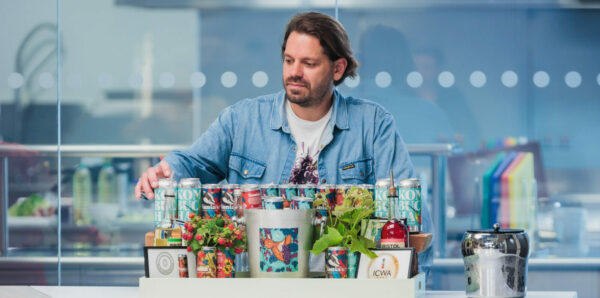News
Beverage can recycling maintains record rate for second year
Managing the impact of one crisis followed by another is a challenge every industry has faced in the last two years, and yet in that time the can making industry has gone from strength to strength with double digit growth shipments on pre-pandemic levels. It’s a success story born out of resilience, adaptability, and innovation: one which is underpinned by the virtues of the beverage can itself – the convenience it offers, the design potential for brands that need to differentiate and of course its environmental credentials.
And despite a growing domestic market, coupled with the marked increase in beverage can recycling rates which many predicted would fall as restrictions associated with the pandemic eased, 2021 has proved to be another environmental success story. More than four in five cans were recycled in 2021, equalling the 82% record rate achieved in 2020. In addition, a new Life Cycle Assessment (LCA) of metal packaging which included aluminium beverage cans, completed by Metal Packaging Europe (MPE), confirmed that carbon emissions associated with the production of beverage cans had been greatly reduced, cutting the can’s impact on global warming by approximately 50% between 2006 and 2018.
Thanks to programmes like MetalMatters and Every Can Counts managed by Alupro, as well as the heightened media attention on the climate crisis, consumer awareness concerning environmental issues and the importance of recycling used packaging, has risen dramatically in recent years. It’s an issue of critical importance to every brand as consumer purchasing behaviour is influenced more and more by the climate crisis. In fact, a recent survey of 10,000 people by Getty Images highlighted that 92% of consumers believe the way we treat the planet now, will have a significant impact on the future. The survey also highlighted however that convenience remains a key factor in the purchasing decision.
The beverage can offers both. And it is significant that the greater percentage of beverage cans recycled in 2021, were collected via kerbside, bring and on-the-go systems, which in turn maximises the potential for closed loop recycling. It’s the perfect example of a circular economy at work, with cans being recycled infinitely in a material-to-material loop. Not only does this ensure the value of the material is retained and kept available for future generations, but it also saves around 95% of the energy needed to make the metal from raw materials.
Ultimately, when it comes to beverage packaging formats, choosing cans is a positive choice for the environment.


